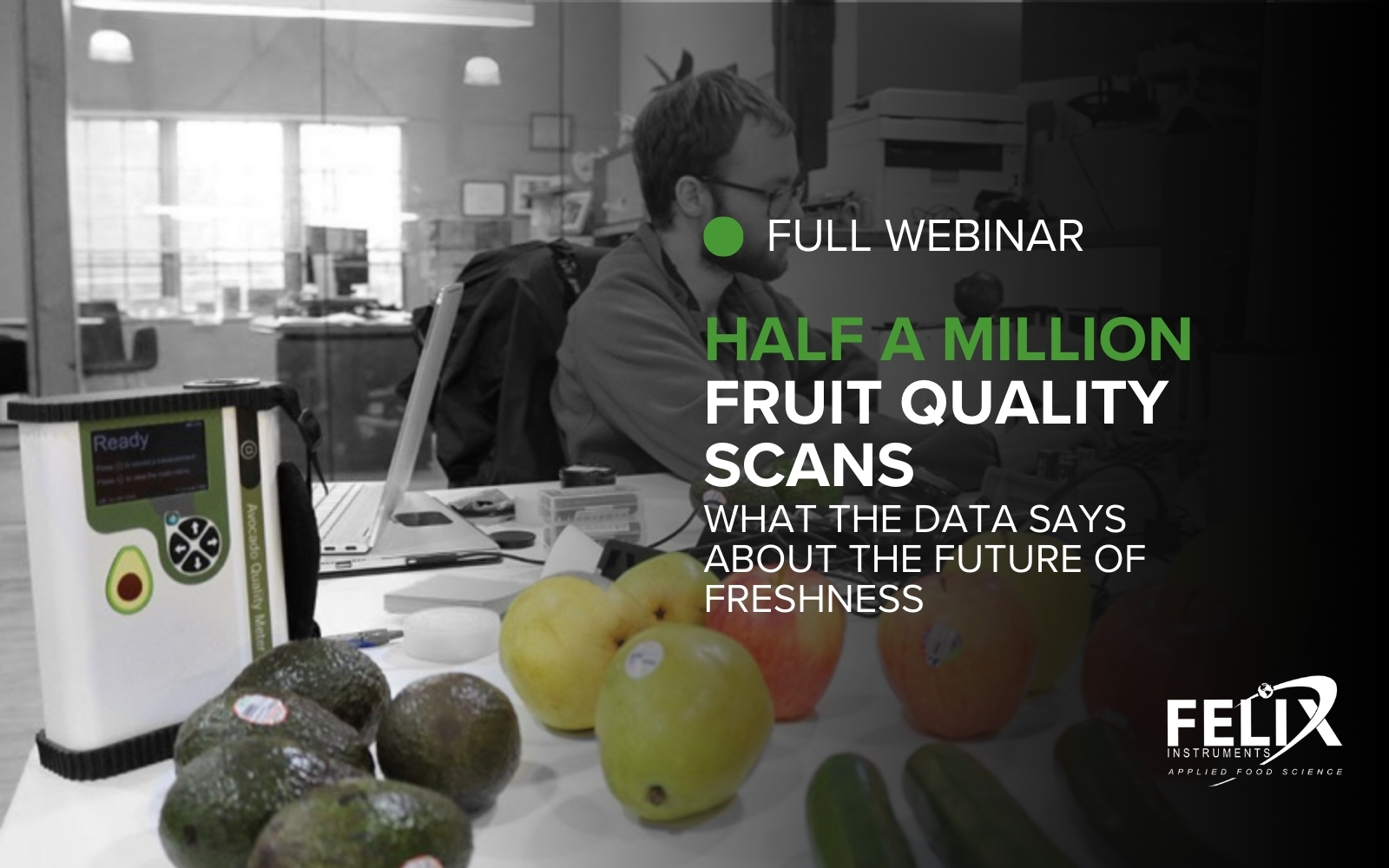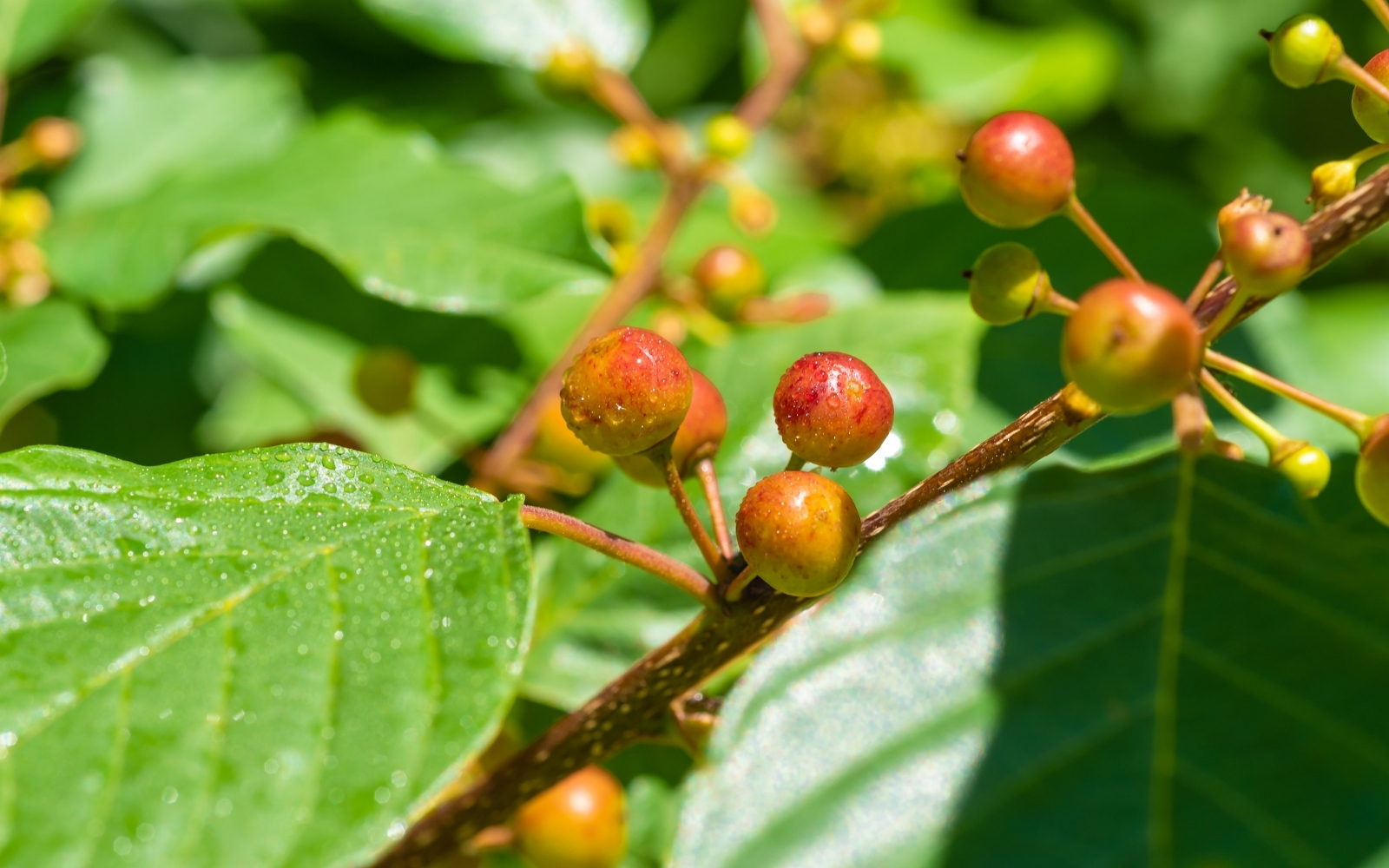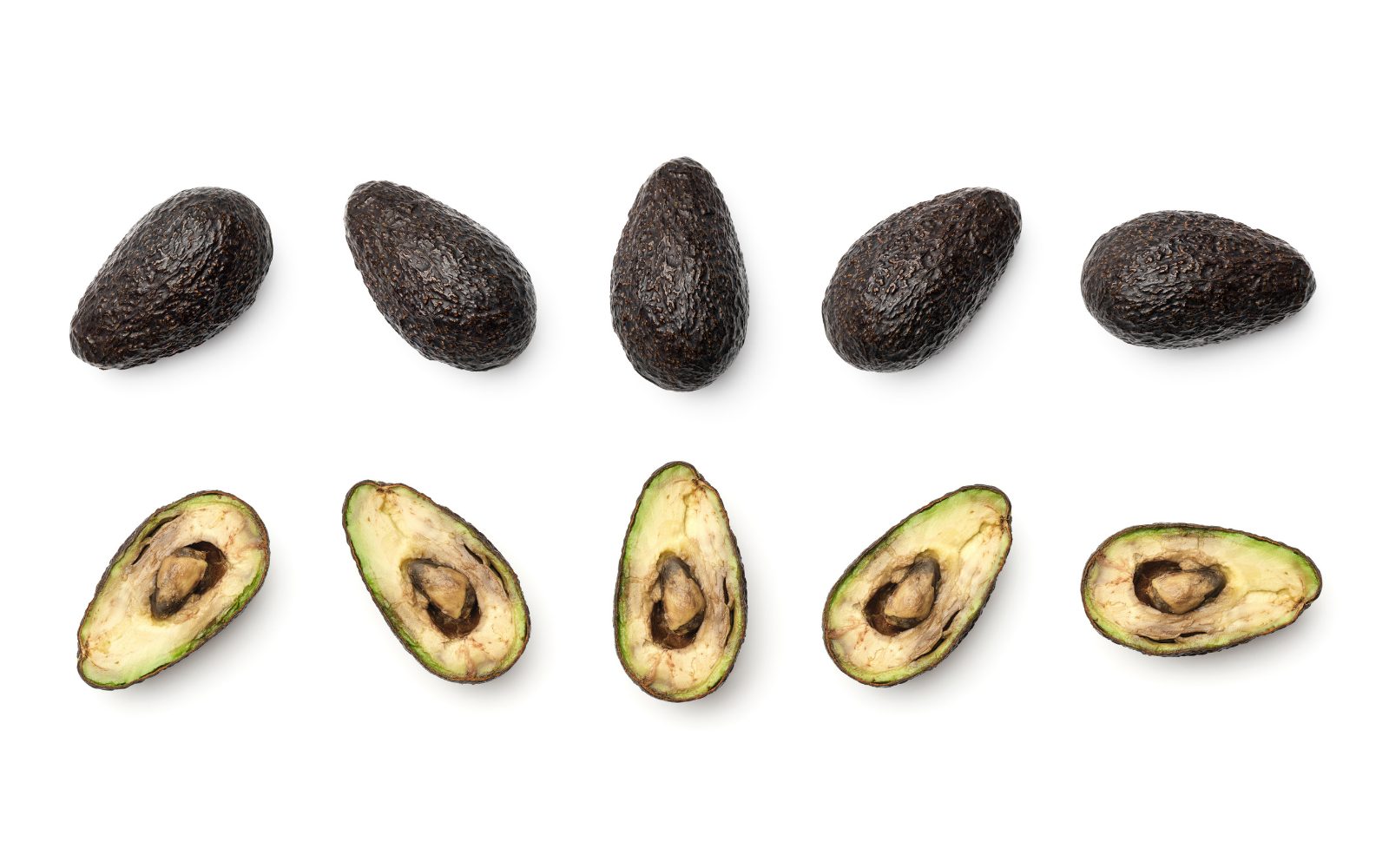Fruit quality can feel unpredictable, even when teams rely on long-standing testing methods. Over the past decade, Felix Instruments has scanned more than half a million individual fruits across crops such as avocado, mango, citrus, grape, apple, and more, building a large real-world dataset that reveals just how variable internal quality can be. In this… Continue reading…
Cherry Harvest Time: How to Know the Best Day to Pick Sweet Cherries
Sweet cherries’ harvest maturity can be estimated by chronology and physical attributes like skin color, weight, size, and firmness. Internal quality parameters like soluble solids content, titratable acidity, and taste can also be used as harvest maturity indices. Skin color is considered the best indicator for the optimum harvest maturity of cherries. Simultaneous non-destructive estimation… Continue reading…











